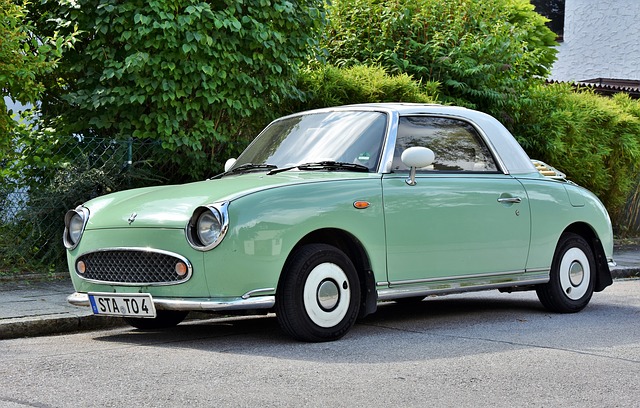Introduction
Cleaning an ATV carburetor is an essential maintenance task that ensures optimal performance and prevents issues such as poor fuel efficiency, rough idling, or difficulty starting. Over time, carburetors can become clogged with dirt, debris, and varnish, affecting the ATV’s overall performance. In this article, we will explore the step-by-step process of cleaning an ATV carburetor, helping you maintain your vehicle’s performance and prolong its lifespan.
Gather the Necessary Tools and Materials
Before starting the cleaning process, it is important to gather the necessary tools and materials. Here are some items you will need:
Materials used:
– Carburetor cleaner
– Compressed air
– Safety goggles
– Gloves
– Clean rags or paper towels
– Small container for soaking parts
– Screwdriver set
– Brush with soft bristles
– Fuel line plug or clamp
Prepare the ATV
To safely clean the carburetor, it is essential to prepare the ATV properly. Follow these steps:
1. Turn off the ATV: Ensure the ATV is turned off and the engine is cool before starting any work.
2. Disconnect the fuel line: Locate the fuel line connected to the carburetor and disconnect it. Use a fuel line plug or clamp to prevent fuel leakage.
Remove and Disassemble the Carburetor
Now that the ATV is prepared, you can proceed with removing and disassembling the carburetor. Here’s how:
1. Locate the carburetor: The carburetor is usually located near the engine, and it is connected to the air filter and the fuel line.
2. Remove the carburetor: Use a screwdriver to remove the bolts or screws that hold the carburetor in place. Carefully detach the carburetor from the engine.
3. Disassemble the carburetor: Take note of the carburetor’s configuration and carefully disassemble it, removing any screws, jets, and gaskets. It is important to keep track of the order and location of each part for reassembly.
Clean the Carburetor Components
With the carburetor disassembled, you can now clean each component thoroughly. Follow these steps:
1. Soak the components: Place the disassembled parts in a small container filled with carburetor cleaner. Allow them to soak for the recommended time specified on the cleaner’s instructions.
2. Clean the jets and small passages: Use a soft-bristle brush or a small wire to clean the jets and small passages. Ensure that all dirt, debris, and varnish are removed. Compressed air can also be used to blow out any remaining residue.
3. Clean the carburetor body: Use a clean rag or paper towel soaked in carburetor cleaner to wipe the inside and outside of the carburetor body. Pay close attention to the throttle plate and the float bowl.
Reassemble and Reinstall the Carburetor
After cleaning the carburetor components, it’s time to reassemble and reinstall the carburetor. Follow these steps:
1. Reassemble the carburetor: Refer to your notes or the carburetor’s manual to reassemble the components in the correct order and location. Ensure that all gaskets and seals are properly aligned.
2. Reinstall the carburetor: Carefully place the reassembled carburetor back onto the engine. Secure it in place using the bolts or screws removed earlier.
3. Reconnect the fuel line: Reconnect the fuel line to the carburetor, ensuring a tight and secure connection. Remove the fuel line plug or clamp.
Conclusion
Cleaning an ATV carburetor is a crucial maintenance task that can significantly improve the performance and longevity of your vehicle. By following the step-by-step process outlined in this article, you can effectively clean your ATV carburetor and prevent issues caused by dirt, debris, and varnish buildup. Regularly cleaning your carburetor will ensure optimal fuel efficiency, smoother idling, and easier starting, allowing you to fully enjoy your ATV’s capabilities.
References
– ATV.com: www.atv.com
– Dirt Wheels Magazine: www.dirtwheelsmag.com
– Rocky Mountain ATV/MC: www.rockymountainatvmc.com













